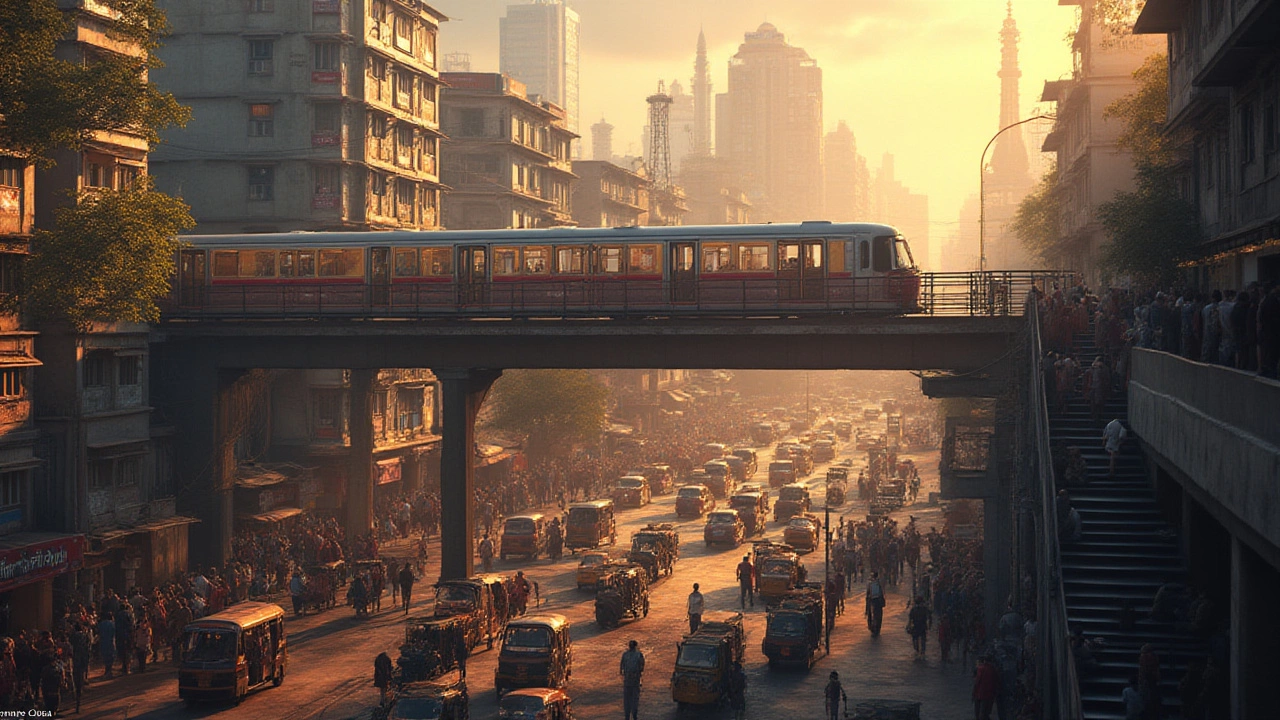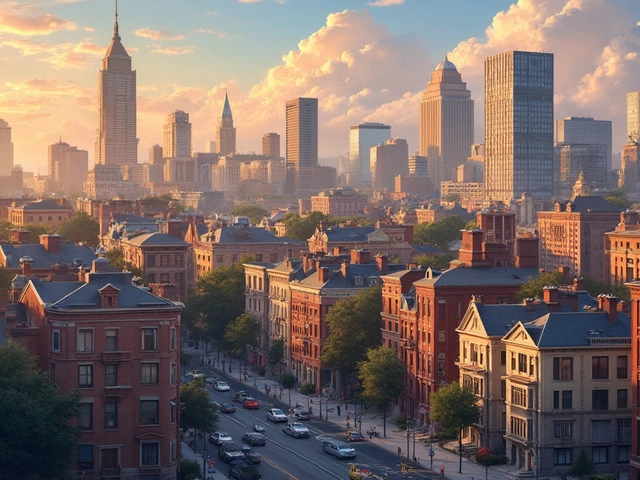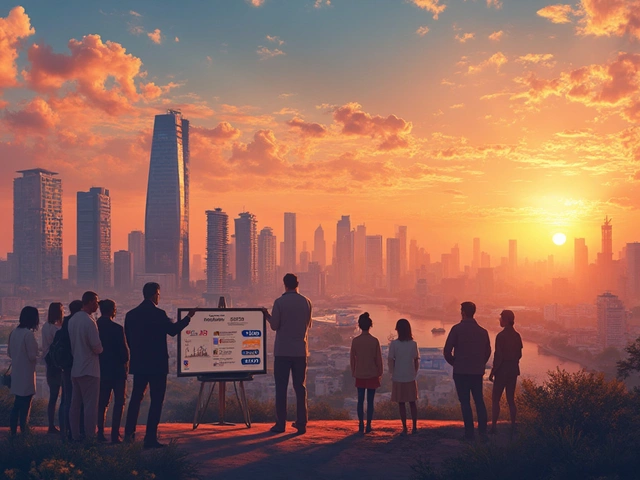Picture rush hour with packed roads and drivers staring at their brakes. Now imagine a world humming beneath your feet—a train swooshing through a tunnel, ducking traffic jams entirely. That’s the hidden pulse of a city: the metro. But what exactly makes a system a metro? Some people call every city train a metro, but there’s an exact definition and a world of details behind it. Let’s get right into what makes metros tick, why they exist, and the wild ways they shape urban life—way beyond just helping you avoid traffic.
What Is a Metro System? The Real Definition
When someone says “metro,” you might picture subway trains zipping underground or shiny stations bustling with people. But the word has a pretty specific meaning. Technically, a metro is a high-frequency, high-capacity urban rail system that usually runs on a dedicated track—either underground, elevated, or sometimes at ground level. These lines stay 100% separate from regular road traffic. That means no getting stuck behind buses, no waiting for stoplights, no chance of pedestrians on the tracks. The classic metro runs on electricity and is built for rapid, reliable city travel.
The International Association of Public Transport (UITP) nails it by defining metros as urban, rail-based mass transit systems that run on exclusive tracks, don’t mix with cars or people, and provide frequent, clockwork service. London didn’t just invent the word “metro” with its famous Underground—Paris, Moscow, New York, Tokyo, Beijing, and Mumbai all operate urban rail systems called metros (whatever their local names). Some cities call them subways, others use “rapid transit” or “underground.” But the core is the same: high-frequency trains, separated tracks, fast stops, and big passenger volume.
Now here’s where it gets interesting. Not every train in a tunnel is a metro. Light rail, trams, monorails, and commuter rail systems blur the lines—literally and in how people talk about them. But metros never share space with cars or at-grade crossings. They have wide doors, level boarding, and can handle thousands of people per hour, per direction (planners call that “pphpd”). For example, Tokyo’s busiest metro line, the Tozai Line, moves over 1.6 million people every single day. No bus line comes close.
So, if someone asks, “What’s a metro?”—the best answer is: a specialized, fully-separated urban rail system designed to move huge numbers of city folks, fast and reliably, with zero red lights or traffic delays ever slowing the trains down.
Core Features of a Metro: What Sets It Apart
Metros are made to move crowds. To pull this off, they have a set of features you’ll spot whether you’re in Delhi, Paris, or Shanghai. First off: high-frequency service. Trains arrive every few minutes during peak hours—sometimes as little as every 90 seconds in the world’s busiest networks. That’s not marketing spin; it’s a mechanical ballet, with trains rolling in and out with no breaks. Timing is everything.
The physical setup is another signature feature. Metro infrastructure is expensive but super-efficient. Most metros dig deep—literally—by running underground or building tall, elevated concrete viaducts slicing through urban skylines. Tunnels require advanced engineering, and entire industries crop up around building waterproof, earthquake-resistant passageways. It’s no wonder the construction cost for a kilometer of new metro line can hit $100 million or more in some cities.
The tracks themselves are exclusive: no cars, bikes, or foot traffic allowed. Stations are secure, usually with paid entry areas, and platform screen doors keep people safe in the newest networks. Wide doors and long carriages speed up boarding and unloading—every second counts, especially when millions of passengers depend on sticking to a schedule.
One cool fact: metros run on electricity and are usually built for right-way or left-way drive, depending on the country. The technology might look the same everywhere (steel wheels, steel rails, computerized control), but what really matters is system capacity. For example, the Moscow Metro carries more people each day than the London Underground and New York City Subway combined.
If you ever see ticket vending machines, clear signage in multiple languages, digital route maps, and accessibility features—ramps, elevators, tactile paving—you’re probably standing inside a metro system built for huge, rapid flows of people. There’s a reason airport cities like Hong Kong and Singapore poured resources into metros: speed, reliability, and crowd-busting capacity.
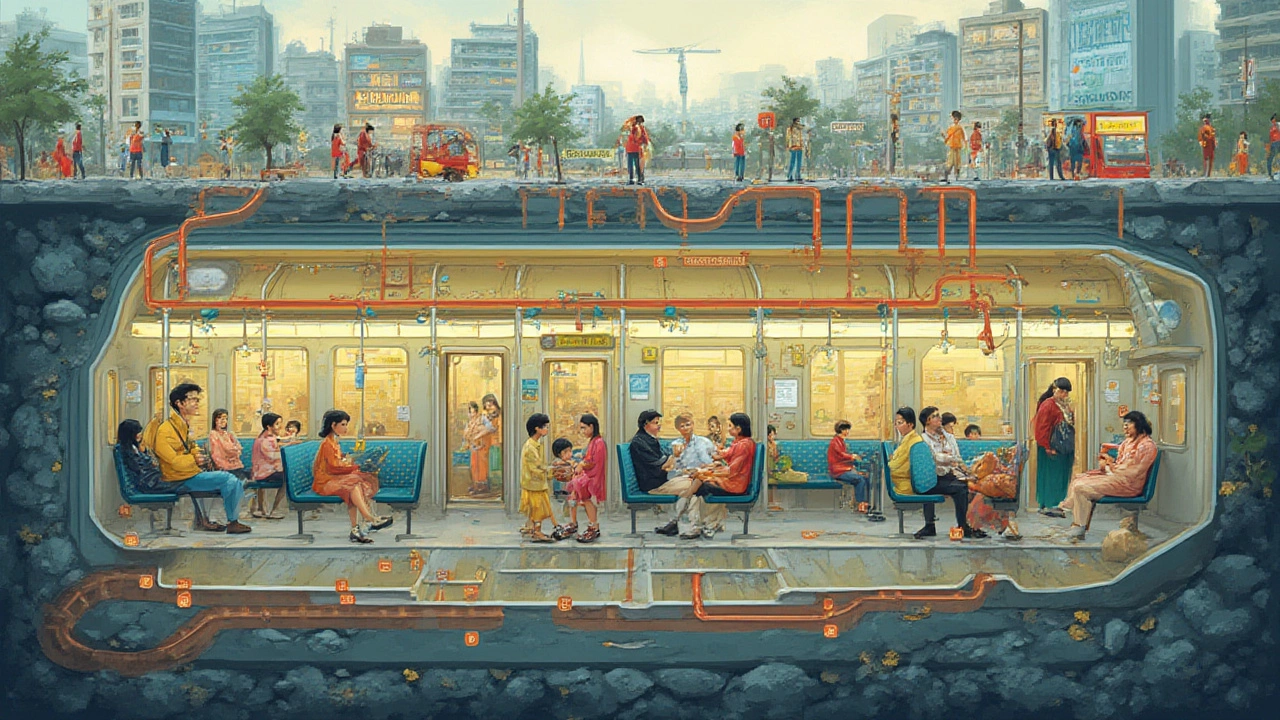
Why Metros Matter: Impact on Urban Life and Property
It’s easy to think of a metro as just a transportation tool, but ask any city planner and they’ll tell you metros literally shape the way a city grows. Just look at real estate prices within walking distance of a metro station. In many cities, property near the line is noticeably higher-priced—the so-called “Metro Effect.” Apartments within 500 meters of a new line in Delhi, for example, rose by nearly 20% compared to other neighborhoods, right after the line opened.
For commercial property owners, a metro station can turn a dead street into a hub. Retail spaces, offices, and even hotels see a boost in footfall. Think about London’s Canary Wharf: it was nothing but abandoned docklands until the Jubilee Line Extension. Now? It’s a financial district with gleaming skyscrapers.
Metros are great equalizers, too. They connect neighborhoods that otherwise would be left behind. In big cities where congestion strangles productivity, metros let people cross the city in minutes, not hours. That means students, nurses, and white-collar workers alike can get where they need without stress. There’s also a safety angle: statistics show cities with busy metro networks have fewer accidents involving cars and pedestrians, since people simply aren’t on the roads as much.
And the environmental benefits? Huge. One study found that introducing a new metro line in Beijing cut car commuting by 10% in the first year. Energy-wise, metros use far less per passenger than cars or buses. With many metros now running on renewable electricity, every extra rider means less air pollution and fuel burn. Cities as different as Seoul, São Paulo, and Dubai show that a metro is one of the fastest ways to reduce urban carbon footprints.
There’s a flip side, though. Building metros often drives up property values so fast that low-income families sometimes get pushed out—classic gentrification. Good city planners try to build affordable housing near new stations or limit speculative buy-ups, but the demand for easy transport keeps the pressure up.
Metros vs. Other Transit: Cutting Through the Confusion
Here’s where folks get mixed up: buses, trams, light rail, suburban trains—they all move people, but they’re not all metros. So what’s the difference? Let’s clear up the confusion. Metros are always separated from other traffic (underground, elevated, or fenced off at ground level). Light rail might share street space with cars—think of trams trundling down a city block. Buses, even special “rapid bus” lanes, still deal with road signals and potential traffic slow-downs. Suburban rail can look like a metro—sometimes running on shared or mainline tracks into a city center—but usually operates less frequently and carries fewer people per hour.
Capacity and speed set metros apart. The Hong Kong MTR, for example, can pack over 70,000 people per hour per direction in peak times—far beyond what a tram or bus can handle. Light rail might feel metro-like, but usually has lower capacity and more street-level crossings. In recent years, “metro-lite” systems (like Gurgaon’s Rapid Metro) have popped up: smaller trains, shorter routes, but still fully grade-separated. They’re hybrids meant for smaller cities or peripheries.
Another clue? Fare systems. Metros almost always use smartcards or token systems with fare gates, creating a “paid area” separate from the general public. This keeps crowds moving smoothly and prevents fare evasion at a larger scale. Some cities, like Singapore, sync up all rail, bus, and taxi payments under one tap-and-go card, but the metro network remains the backbone for citywide mass movement.
If you’re trying to pick a home or an office, figure out not just which lines exist—but which ones are officially “metro” class. This means faster, more reliable commutes and bigger property value growth over time.
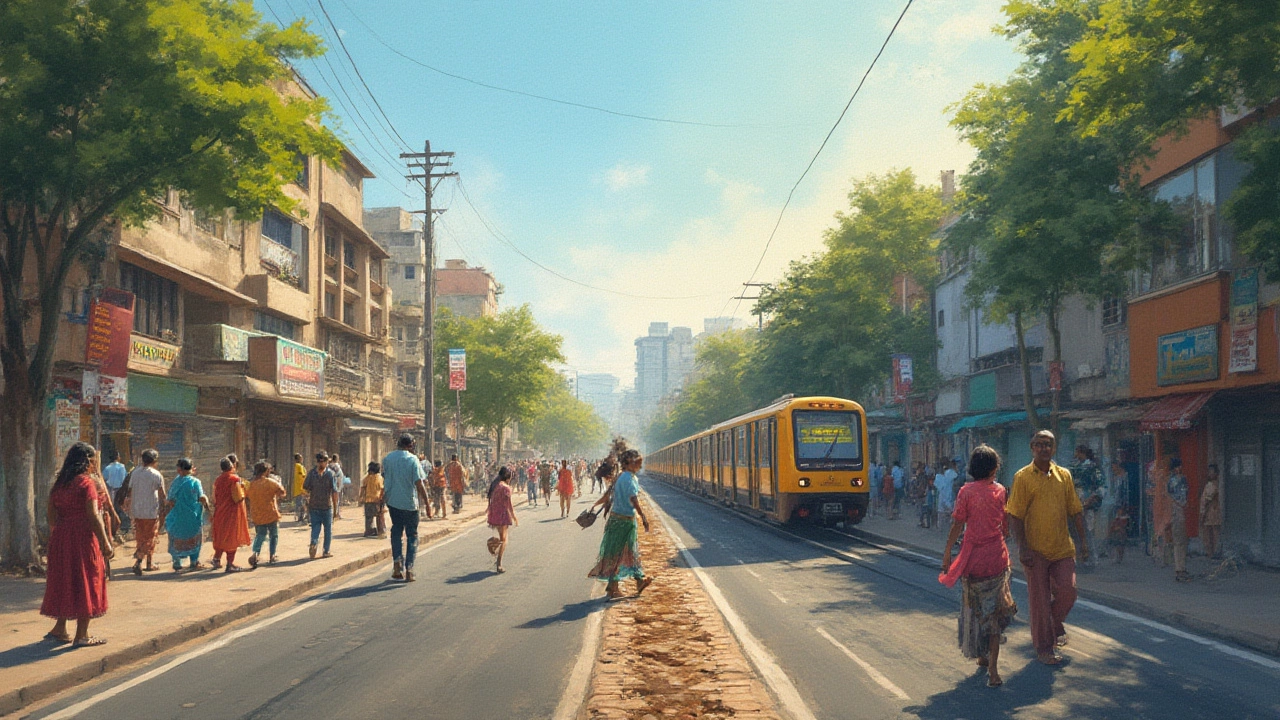
Interesting Metro Facts & Tips for City Dwellers
Got a few minutes to kill? Here are some juicy metro facts for your next dinner chat or property hunt. The oldest metro in the world still in operation is London’s Underground, launched in 1863. The busiest? Tokyo’s massive network, with some lines seeing over 400,000 passengers a day. The deepest metro station? Kyiv’s Arsenalna—over 105 meters under the ground, which is about as deep as a 37-story building is tall.
- The word “metro” comes from Paris’s “Chemin de fer métropolitain,” shortened to Métro when the first lines opened in 1900.
- Modern metros are getting smarter with AI-based train control, allowing up to 50% more trains per hour using automated spacing and speed.
- Some cities run driverless metros (like Copenhagen, Dubai, and parts of Singapore) with trains controlled by central computers and zero need for a human in the front cabin.
- Feeling eco-conscious? Riding the metro instead of driving cuts carbon emissions per person by as much as 80% on the same commute distance.
- Property tip: Look for “future-projected” metro lines on city plans. Buying near a planned station (before it opens) usually means greater price appreciation once trains start running.
- Security is top-class: Many metros use 10,000+ CCTV cameras, plus live staff and emergency call points.
- Avoiding jams: Early morning or late evening rides are usually less crowded.
- Metro stations make for serious shelter during storms or emergencies—London’s Underground doubled as a bomb shelter in World War II, proving its value far beyond daily travel.
If your city’s planning a new metro, pay attention: local businesses could boom, rents might head north, and even café culture tends to follow the lines. The life of property and commerce takes a different shape wherever that “M” sign goes up. And for the daily traveler? When you step onto a world-class metro, you’re not just catching a train. You’re joining the lifeline of the city, one ride at a time. Next time you zip past the traffic above, you’ll know exactly what makes your metro ride so much more than a way to get from point A to point B.
